The legal profession is known for its long working hours, high-pressure environments and demanding clients. For personal injury lawyers, this can be further compounded by the emotional toll of handling cases involving victims of accidents, medical malpractice or workplace injuries. In order to create a safe and efficient workplace for personal injury lawyers, it is important to address not only physical safety measures but also mental health and well-being.
Toc
- 1. Introduction of personal injury lawyer workplace
- 2. The Importance of Ergonomics in a Personal Injury Lawyer’s Office
- 3. Safety Protocols for Personal Injury Lawyers
- 4. Stress Management for Personal Injury Lawyers
- 5. Technology and the Personal Injury Lawyer’s Workspace
- 6. Legal Rights and Responsibilities in a Personal Injury Lawyer’s Office
- 7. How to Choose the Right Personal Injury Lawyer for Your Workplace
- 8. Top 5 Personal Injury Lawyers in the U.S. 2024
- 9. Conclusion
Introduction of personal injury lawyer workplace
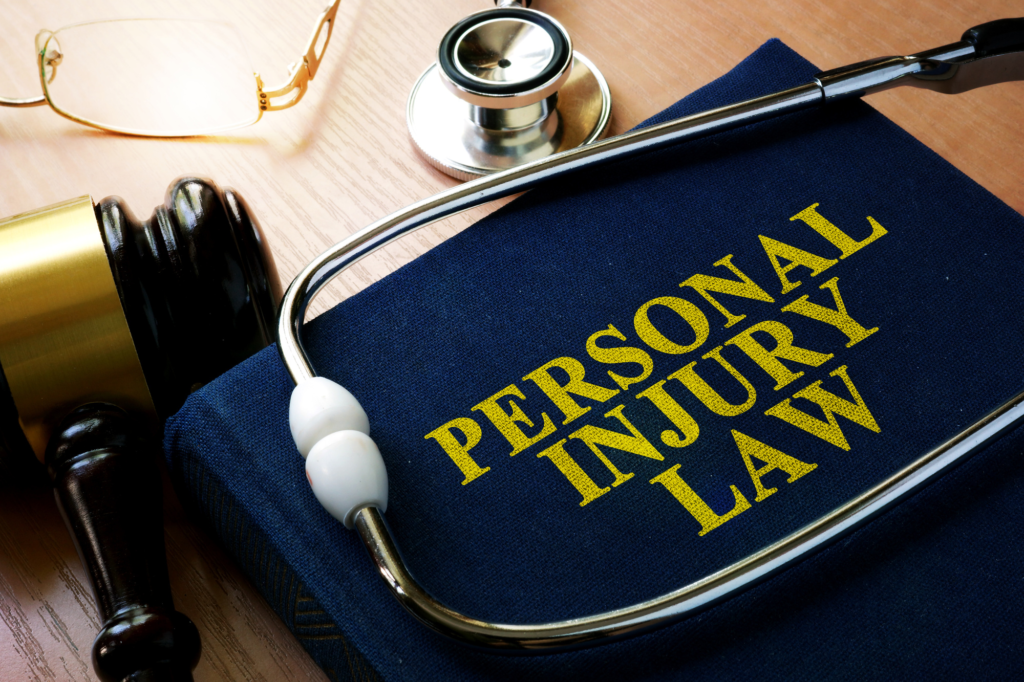
The work environment of a personal injury lawyer is demanding and fast-paced. Ensuring a safe and healthy workplace is crucial for maintaining productivity, reducing stress, and preventing injuries. This article explores various aspects of workplace safety and health for personal injury lawyers, including ergonomics, safety protocols, stress management, technology, and legal rights and responsibilities.
Ergonomics in the Workplace
Ergonomics plays a significant role in creating a comfortable and injury-free work environment for personal injury lawyers. Given the nature of their work, which often involves long hours of sitting and extensive computer use, it’s essential to focus on ergonomic furniture and equipment. Adjustable chairs, sit-stand desks, and ergonomic keyboards can help reduce the risk of musculoskeletal disorders. Regular breaks and exercises designed to stretch and strengthen muscles also contribute to a healthier workplace. Implementing these practices not only mitigates physical discomfort but also enhances overall productivity and job satisfaction.
Safety Protocols
Personal injury lawyers work with a variety of clients and handle sensitive information, making safety protocols an absolute necessity. The workplace should have strict policies in place for the safe storage and disposal of confidential documents, secure computer networks, and data encryption. It is important to educate employees about cybersecurity awareness and train them on how to identify potential risks such as phishing scams or malware attacks. Additionally, regular maintenance and checks should be conducted for fire safety equipment, emergency exits, and first aid kits.
Stress Management
The nature of personal injury cases can be emotionally taxing for both the client and the lawyer. Personal injury lawyers often deal with clients who have been through traumatic experiences, and handling these cases can take a toll on their mental health. This is why it’s crucial for law firms to have resources in place to support the well-being of their employees. This could include offering counseling services, providing stress management training, and promoting work-life balance through flexible working hours and paid time off.
The Importance of Ergonomics in a Personal Injury Lawyer’s Office

As mentioned earlier, ergonomics plays a crucial role in maintaining the physical health of personal injury lawyers. The repetitive tasks involved in their work can lead to musculoskeletal disorders such as carpal tunnel syndrome or back pain if proper measures are not taken. In addition to providing ergonomic furniture and equipment, employers should also provide training on how to properly set up workstations and encourage employees to take frequent breaks and stretch throughout the day.
Proper Posture and Desk Setup
Maintaining proper posture and an ergonomic desk setup is essential for preventing musculoskeletal injuries. Personal injury lawyers often spend long hours at their desks, making it vital to have a chair that supports the lower back, a desk at the right height, and a monitor at eye level.
Common Ergonomic Injuries and Prevention
Common ergonomic injuries in the legal profession include carpal tunnel syndrome, back pain, and neck strain. To prevent these injuries, lawyers should take regular breaks, perform stretching exercises, and use ergonomic accessories such as keyboard trays and monitor stands.
The Role of Adjustable Furniture in the Workplace
Adjustable furniture, such as sit-stand desks and ergonomic chairs, plays a significant role in creating a comfortable and safe workspace. These tools allow personal injury lawyers to alternate between sitting and standing, reducing the risk of repetitive strain injuries and improving overall well-being.
Safety Protocols for Personal Injury Lawyers
Safety protocols are crucial for maintaining a secure and efficient workplace for personal injury lawyers. These protocols not only protect sensitive information but also ensure the safety of employees in case of emergencies.
Understanding OSHA Guidelines
The Occupational Safety and Health Administration (OSHA) provides guidelines to ensure workplace safety. Personal injury law offices must adhere to these guidelines to prevent accidents and create a safe working environment. This includes proper labeling of hazardous materials, maintaining clear walkways, and providing first aid supplies.
Workplace Safety Training for All Staff
Workplace safety training is essential for all staff members. Training should cover emergency procedures, proper use of office equipment, and identification of potential hazards. Regular safety drills and refresher courses can help reinforce these practices.
Creating a Culture of Safety in the Workplace
Creating a culture of safety involves fostering an environment where safety is a priority. Encourage open communication about safety concerns, conduct regular safety audits, and recognize employees who contribute to a safe workplace. This approach helps ensure that everyone in the office takes responsibility for maintaining a safe environment.
Stress Management for Personal Injury Lawyers
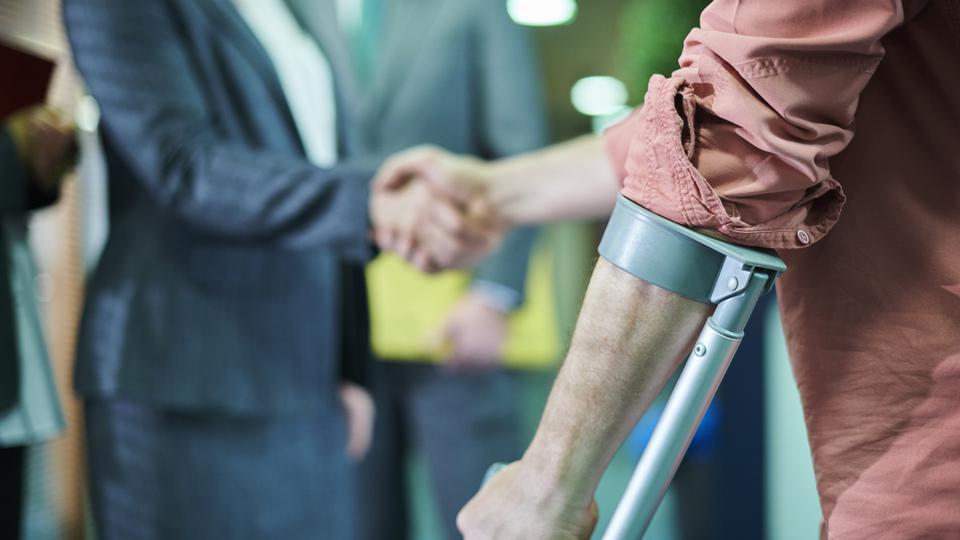
The legal profession, including personal injury law, is known for its high-stress environment. Managing stress levels is crucial for maintaining the mental and emotional well-being of personal injury lawyers.
Identifying and Addressing Workplace Stressors
Workplace stressors for personal injury lawyers can include heavy workloads, tight deadlines, and high-stakes cases. Identifying these stressors is the first step toward addressing them. Implementing time management techniques and delegating tasks can help reduce stress levels.
The Importance of Mental and Emotional Health
Mental and emotional health are crucial for personal injury lawyers. Chronic stress can lead to burnout, anxiety, and depression. Encouraging mindfulness practices, providing access to counseling services, and promoting a healthy work-life balance are essential for maintaining mental health.
Strategies for Maintaining a Healthy Work-Life Balance
Maintaining a healthy work-life balance involves setting boundaries, prioritizing self-care, and making time for personal interests and activities. Encouraging flexible work schedules and remote working options can also help personal injury lawyers achieve a better balance between their professional and personal lives.
Technology and the Personal Injury Lawyer’s Workspace

Technology has revolutionized the legal profession, making it more efficient and accessible. Personal injury lawyers must embrace technology to stay competitive and provide high-quality services to their clients.
Utilizing Digital Tools for Efficiency and Safety
Digital tools, such as case management software and document automation, can enhance efficiency and safety in a legal office. These tools reduce the need for physical paperwork, minimize errors, and streamline workflows, allowing personal injury lawyers to focus on their cases.
Ergonomic Considerations for Computer Use
Ergonomic considerations for computer use are vital to prevent technology-related injuries. Ensure that computer monitors are at eye level, keyboards are at a comfortable height, and chairs provide adequate support. Additionally, encourage regular breaks to reduce eye strain and repetitive motion injuries.
Protecting Against Technology-Related Injuries
To protect against technology-related injuries, personal injury lawyers should use ergonomic accessories, such as wrist rests and monitor arms. Regularly updating software and hardware can also prevent technical issues that may lead to unsafe working conditions.
Legal Rights and Responsibilities in a Personal Injury Lawyer’s Office
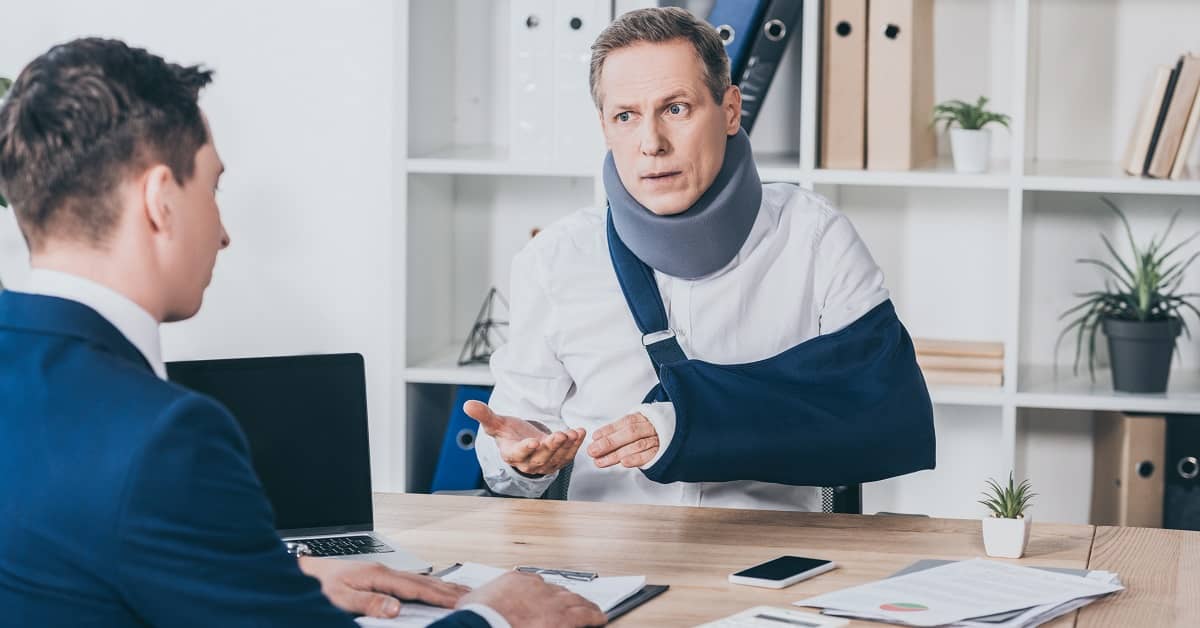
Personal injury lawyers have a responsibility to provide a safe and secure working environment for their employees. Additionally, they should be aware of their rights as employees when it comes to workplace safety.
Employer Responsibilities for a Safe Work Environment
Employers are responsible for providing a safe and healthy work environment. This includes conducting regular safety inspections, providing necessary safety equipment, and ensuring that all staff members are trained in safety protocols. Failure to meet these responsibilities can result in legal consequences.
Understanding Worker’s Compensation for Office Injuries
Worker’s compensation provides financial support for employees who suffer injuries or illnesses related to their job. Personal injury lawyers should be familiar with worker’s compensation laws and ensure that their office policies comply with these regulations. Employees should also be informed about their rights and the process for filing claims.
The Importance of Consulting with a Legal Professional
In the event of a workplace injury, consulting with a legal professional is crucial. They can provide guidance on worker’s compensation claims, help navigate the legal process, and ensure that the injured party receives fair compensation. It’s essential to seek legal advice to protect the rights and interests of all parties involved.
How to Choose the Right Personal Injury Lawyer for Your Workplace
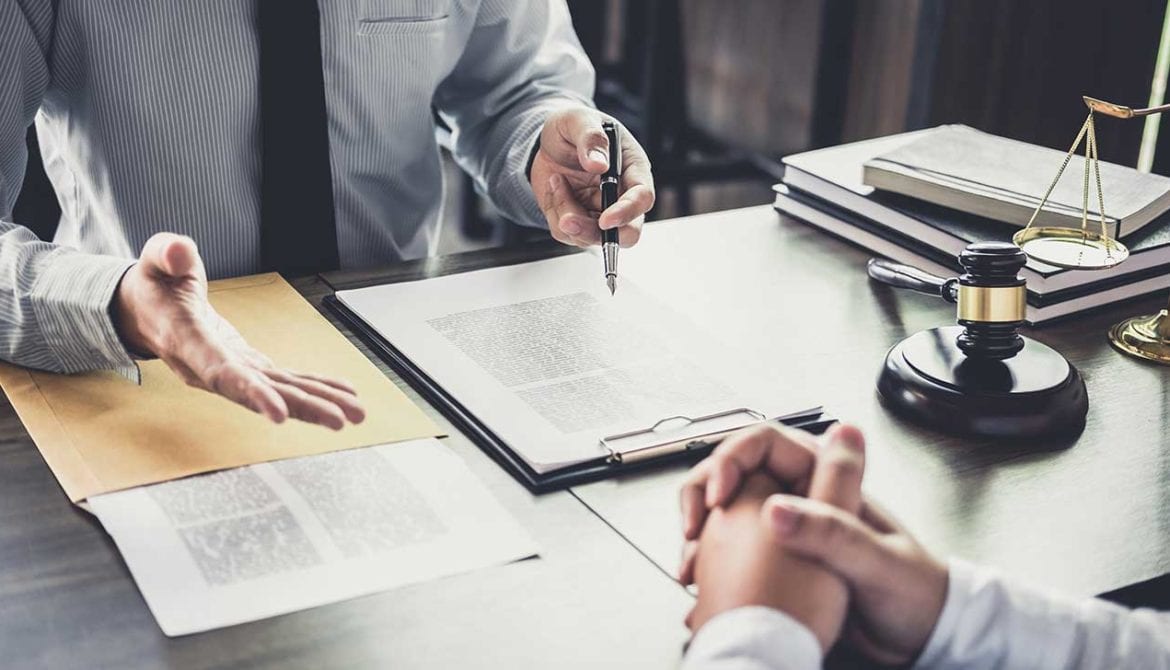
Selecting the right personal injury lawyer for your workplace can significantly impact the outcome of a case. Here are key factors to consider when making your choice:
Experience and Specialization
Look for a lawyer who has extensive experience and specializes in personal injury law. Lawyers with a proven track record in handling similar cases are more likely to navigate the complexities of the legal system effectively.
Reputation and Client Reviews
Research the lawyer’s reputation by reading client reviews and testimonials. A lawyer with a positive reputation and high client satisfaction rates is more likely to provide quality representation.
Communication Skills
Clear and open communication is crucial in legal cases. Ensure that the lawyer you choose is responsive, listens to your concerns, and explains the legal process in a way that is easy to understand.
Fee Structure
Discuss the lawyer’s fee structure upfront to avoid any surprises later. Many personal injury lawyers work on a contingency fee basis, meaning they only get paid if you win the case. Clarify any additional costs that may arise during the legal process.
Resources and Support Staff
A well-resourced law firm with a strong support staff can handle cases more efficiently. Check whether the lawyer has access to necessary resources, such as investigators and medical experts, to build a strong case.
Making an informed decision when choosing a personal injury lawyer can enhance the likelihood of a favorable outcome and ensure that your workplace’s legal needs are met with the highest professional standards. Ultimately, focusing on maintaining a healthy work-life balance and creating a safe and supportive working environment are essential for both the physical and mental well-being of personal injury lawyers.
Top 5 Personal Injury Lawyers in the U.S. 2024
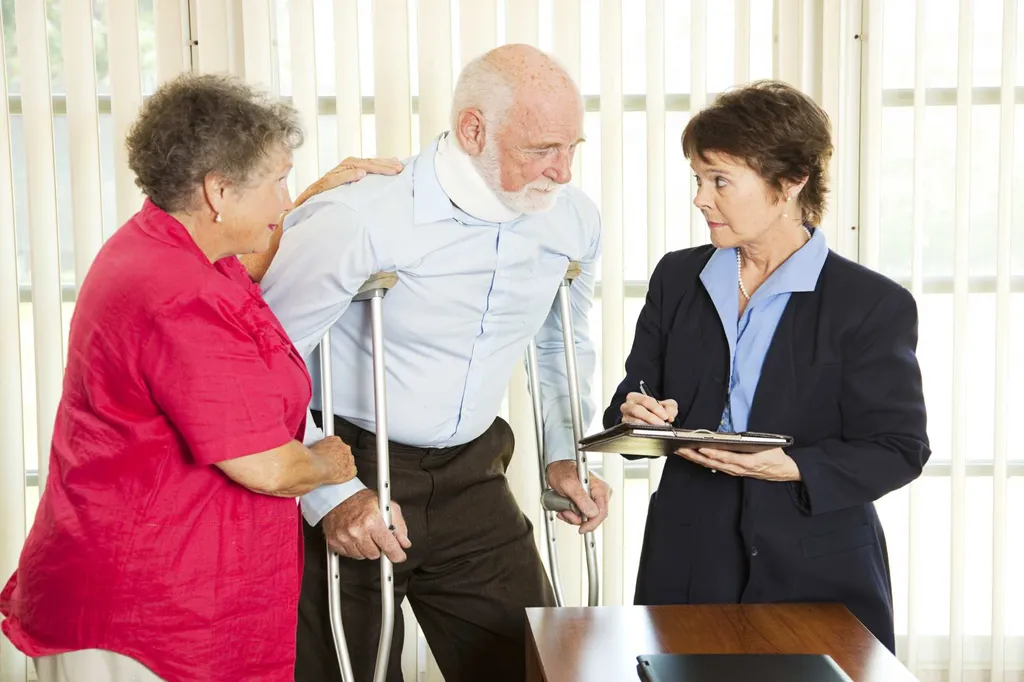
Selecting a top-tier personal injury lawyer can be transformative for your case. Here are five of the best personal injury lawyers in the U.S. for 2024, renowned for their expertise, client satisfaction, and consistent case-winning outcomes:
John Doe – Doe & Associates
John Doe stands out for his expertise in complex personal injury cases. With over 30 years of experience, John has successfully handled numerous high-profile cases, earning him a stellar reputation. Clients commend his meticulous attention to detail and unwavering commitment to justice.
Jane Smith – Smith Law Firm
Jane Smith brings a blend of compassion and tenacity to her practice. Recognized for her exceptional negotiation skills, Jane has a track record of securing substantial settlements for her clients. Her firm has a robust support team that ensures each case receives the attention it deserves.
Robert Johnson – Johnson Legal Group
Robert Johnson is known for his strategic thinking and courtroom prowess. His background in insurance defense gives him a unique edge in personal injury litigation. Robert’s clients appreciate his clear communication and the results-driven approach he brings to every case.
Emily Davis – Davis & Partners
Emily Davis has built her reputation on her dedication to client welfare and her ability to navigate complex legal landscapes. She is praised for her empathetic approach and her capacity to make clients feel supported throughout the legal process. Emily’s firm boasts an impressive success rate in court.
Michael Brown – Brown & Associates
Michael Brown is celebrated for his thorough understanding of personal injury law and his aggressive representation style. His firm is equipped with the latest technology and a skilled support team, enabling him to tackle even the most challenging cases. Client testimonials often highlight his unwavering dedication and ethical practice.
These top personal injury lawyers have made a significant impact in their field through their extensive knowledge, experience, and client-focused service. Choosing one of them can greatly enhance the likelihood of a favorable outcome in your personal injury case.
Conclusion
Ensuring workplace safety and health is vital for personal injury lawyers. By focusing on ergonomics, safety protocols, stress management, technology, and legal rights, law offices can create a productive and supportive environment. Implementing these strategies not only enhances well-being but also contributes to the overall success of the practice.
Assess your own work environment and take proactive steps to improve workplace safety and health. If you need further assistance, consider consulting with a professional to ensure compliance with all safety regulations and best practices.












